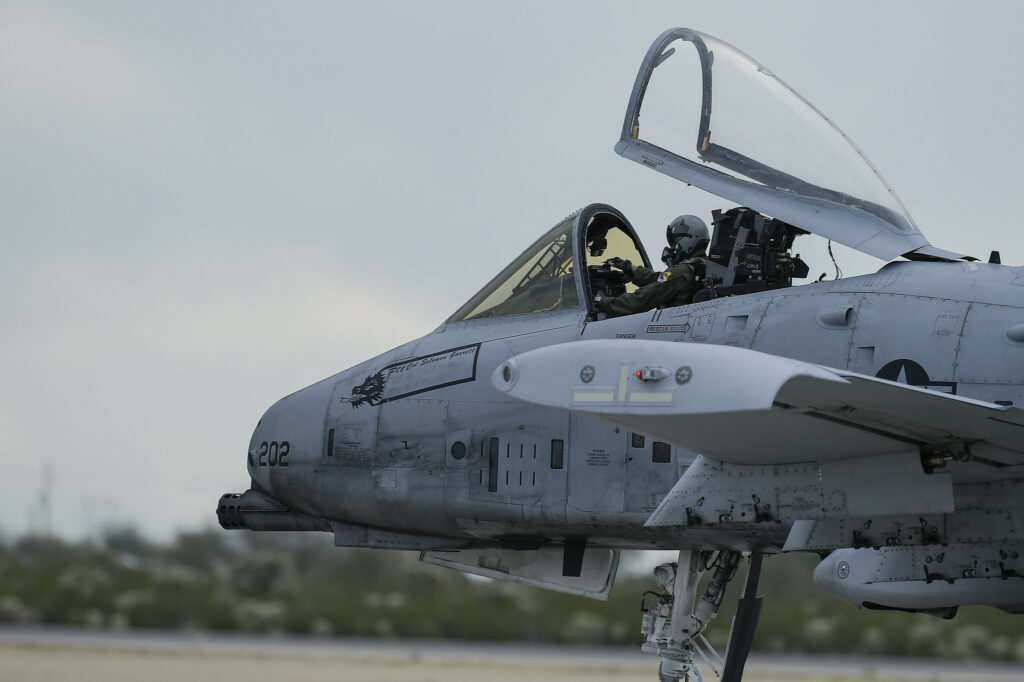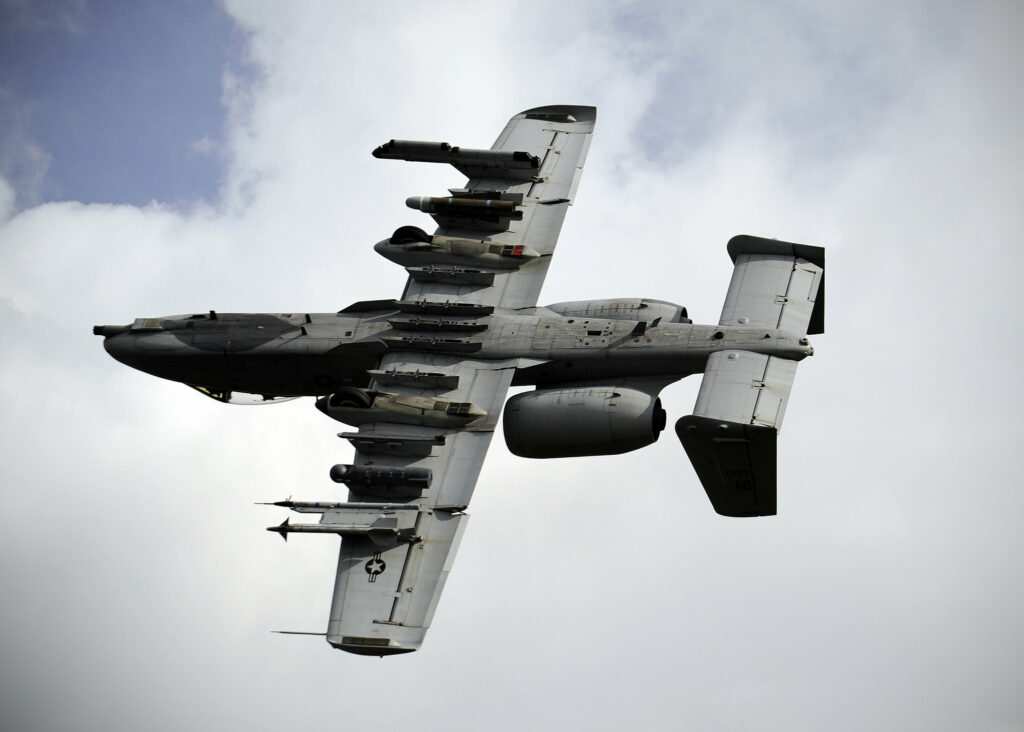The A-10 Warthog is one of the most incredible planes in the United States Air Force. Originally developed in the middle of the Cold War, it was key to preparations in the event that the war heated up. This aircraft was an integral part of the Air-Land Strategy that the U.S. military held onto and would have played a key part in destroying tanks if tensions had escalated.
The A-10 was designed specifically for close air support – close enough to enemy forces that it could sustain damage as the enemy fought back, and so close to friendly forces that it would require insane precision to ensure it only hit intended targets. A plane with such survivability and accuracy requires amazing engineering.
Take a look as Real Engineering dives into the A-10’s engineering the video below:
The Fairchild Republic A-10 Thunderbolt II was a necessary deterrent throughout the Cold War, and for that reason it required two attributes when selecting a contractor: it had to be cost effective and rugged.
The entire plane was designed around the primary piece: General Electric GAU 8/A, a weapon whose sound is unforgettable to those who have heard it.

Nearly 6 meters in length, the weapon has an ammo drum that holds 1,150 30mm rounds which are fired through 7 rotating barrels that pull the shell casings back into the drum, avoiding potential damage to the plane. There are two hydraulic systems that are pressurized by two identical engine-driven pumps to keep the guns working. The design allows for the plane to fly on two, one, or no hydraulic systems, although flying without either system is incredibly difficult. The gun is also placed in the center of the plane to prevent recoil from throwing off the accuracy, thus keeping the weapon on target.

The fuel tanks are self-sealing on the lower portions and filled with foam to prevent explosions. The majority of the armor surrounds the pilot who sits inside a titanium tub which is capable of absorbing direct hits from armor-piercing rounds up to 23mm and surrounded by ballistic glass which can protect against small arms fire.

The engines and tail were designed to mask the infrared signature of the hot exhaust of the plane, throwing off IR missiles on the ground. Some of the biggest challenges with this design are due to the incredible firepower of the attached weapon. To deal with issues from earlier models, a small gas scoop was placed under the barrels to suck in exhaust and prevent fires in the engine. Circuitry was also added to allow more rapid fire with their massive rounds that are designed to rip through tanks.

The A-10 has been under constant risk of retirement by people who believe the F-16 or the F-35 could have taken over the same job by now. While all three of these aircraft have similarities, they were designed with different specific purposes based on different military doctrine, so they are difficult to compare. The A-10 has stuck around, however, for a variety of reasons including current combat situations and the low cost per hour of operation compared to similar aircraft.
As technologies continue to advance and the Air Force moves into the future, only time will tell the future of this incredibly engineered piece of equipment.



